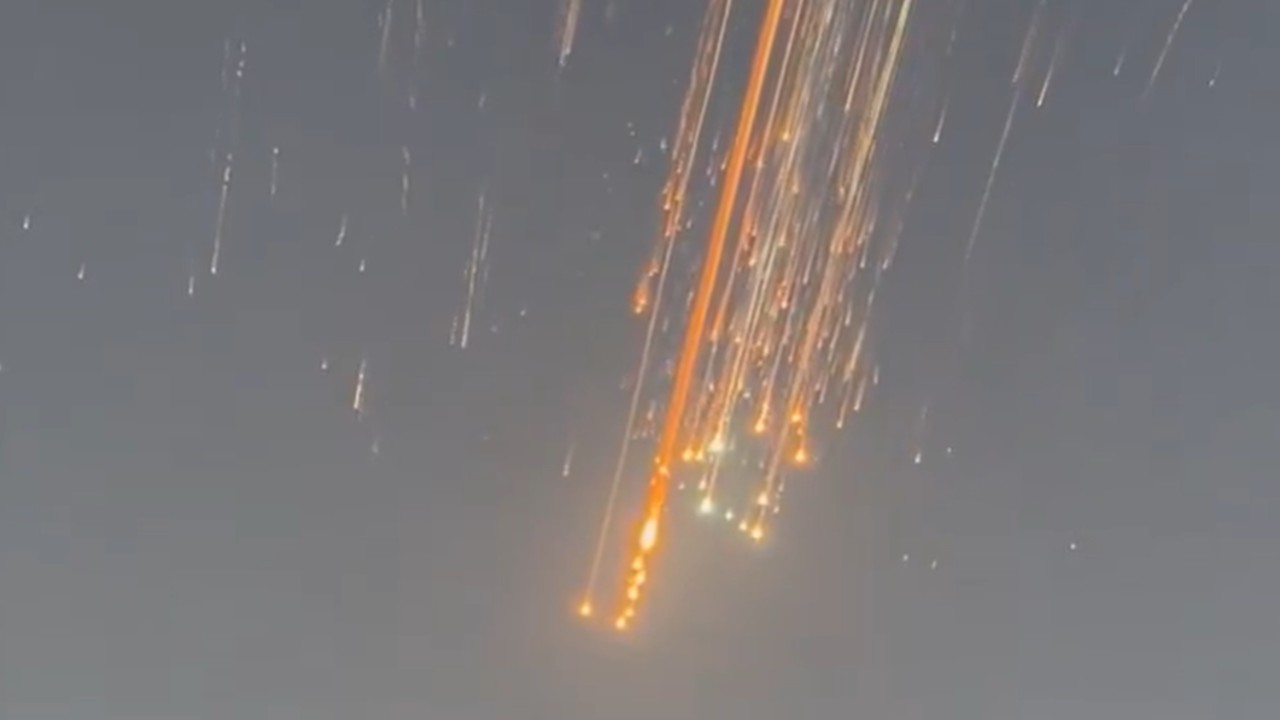NASA extends planetary science missions at Mars and Jupiter

NASA is ready to give missions at Mars and Jupiter a little more time to continue their investigations, although there's no guarantee they will finish out their extended missions.
The Juno orbital mission at Jupiter will be extended four years and the InSight lander mission at Mars two on the basis of each mission's producing "exceptional science," according to an independent review panel NASA quoted in a press release.
But there will be challenges associated with the mission extensions.
In photos: Juno's amazing views of Jupiter
InSight's power margins "are likely to reach critically low levels during the proposed EM [extended mission]," the review panel noted, adding that the spacecraft will likely need to implement power-saving measures to keep the mission going past late July 2021. Even given those measures, if dust accumulates beyond a certain threshold, the lander's solar panels may not draw enough power to continue the mission until the end of its extension, in December 2022.
Similarly, there is no guarantee that Juno will continue its work to its new end date in 2025, due to the intense radiation environment in which the spacecraft works. That said, the review panel noted that Juno has healthy instruments and power margins, allowing it to continue work well past its prime mission. Additional observations will contribute to planning for the forthcoming Europa Clipper mission to look at an icy moon of Jupiter, the panel noted.
New planetary science missions first arrive at their destination with a prime mission, for they are given a basic science mandate, timeline and budget. Every three years thereafter, NASA'S Planetary Science Division must request a review to justify an extended mission. The proposals are sent to panels of independent experts with backgrounds in science, operations and mission management, NASA planetary science division director Lori Glaze wrote in response to this year's process in a letter dated Friday (Jan. 8).
Breaking space news, the latest updates on rocket launches, skywatching events and more!
Conference presentations, journal publications and other metrics of science output are considered in making an evaluation about the worth of continuing a mission's work, along with practical aspects such as available budget and the health of the spacecraft.
NASA noted the value of allowing planetary missions to continue their work, since the costs of mission development, instrument building and spacecraft launch are all paid for already.
"Extended missions leverage NASA's large investments, allowing continued science operations at a cost far lower than developing a new mission," NASA said in the press release. "In some cases, the extensions allow missions to continue to acquire valuable long-duration datasets, while in other cases, they allow missions to visit new targets, with entirely new science goals."
Juno will continue until September 2025 as long as spacecraft health permits it; as the spacecraft regularly operates in intense radiation zones surrounding Jupiter, there is some uncertainty in predicting how long instruments and components will last in the punishing environment.
"The Juno spacecraft and its mission team have made discoveries about Jupiter's interior structure, magnetic field, and magnetosphere, and have found its atmospheric dynamics to be far more complex than scientists previously thought," NASA said in the same press release.
"The [extended] mission will not only continue key observations of Jupiter, but also will expand its investigations to the larger Jovian system including Jupiter's rings and large moons, with targeted observations and close flybys planned of the moons Ganymede, Europa and Io," the agency added.
InSight has faced numerous challenges in deploying a heat probe instrument dubbed the "mole" underground; the probe keeps popping up to the surface despite several tries. But the spacecraft was also granted an extension until December 2022. Teams will continue to try to get the heat probe under the soil, but at a low priority, NASA said.
NASA noted the mission has been able to deploy a weather station and a seismometer that studies the interior of Mars; the latter instrument has applications for understanding how rocky planets like Earth evolved.
"Searching for and identifying marsquakes, the mission team collected data clearly demonstrating the robust tectonic activity of the Red Planet, and enhanced our knowledge of the planet's atmospheric dynamics, magnetic field, and interior structure," NASA said. "InSight's extended mission will focus on producing a long-duration, high-quality seismic dataset."
Follow Elizabeth Howell on Twitter @howellspace. Follow us on Twitter @Spacedotcom and on Facebook.

Elizabeth Howell (she/her), Ph.D., was a staff writer in the spaceflight channel between 2022 and 2024 specializing in Canadian space news. She was contributing writer for Space.com for 10 years from 2012 to 2024. Elizabeth's reporting includes multiple exclusives with the White House, leading world coverage about a lost-and-found space tomato on the International Space Station, witnessing five human spaceflight launches on two continents, flying parabolic, working inside a spacesuit, and participating in a simulated Mars mission. Her latest book, "Why Am I Taller?" (ECW Press, 2022) is co-written with astronaut Dave Williams.
